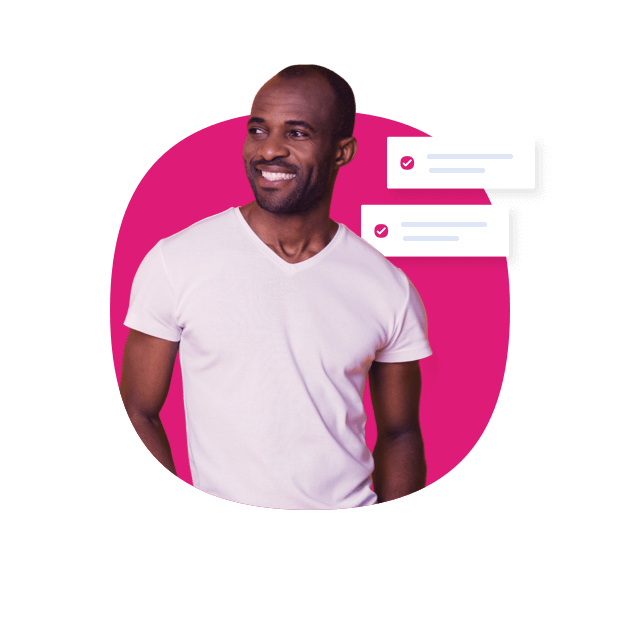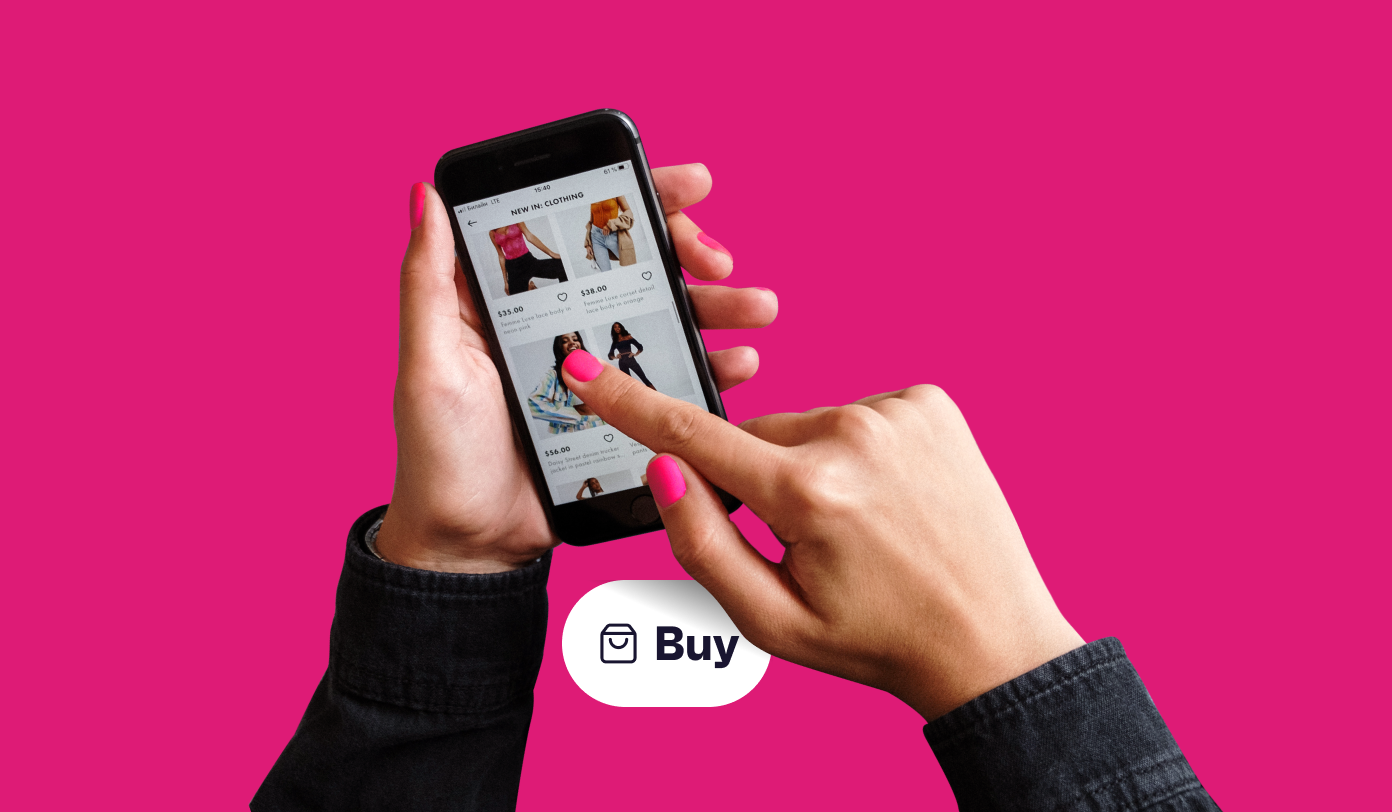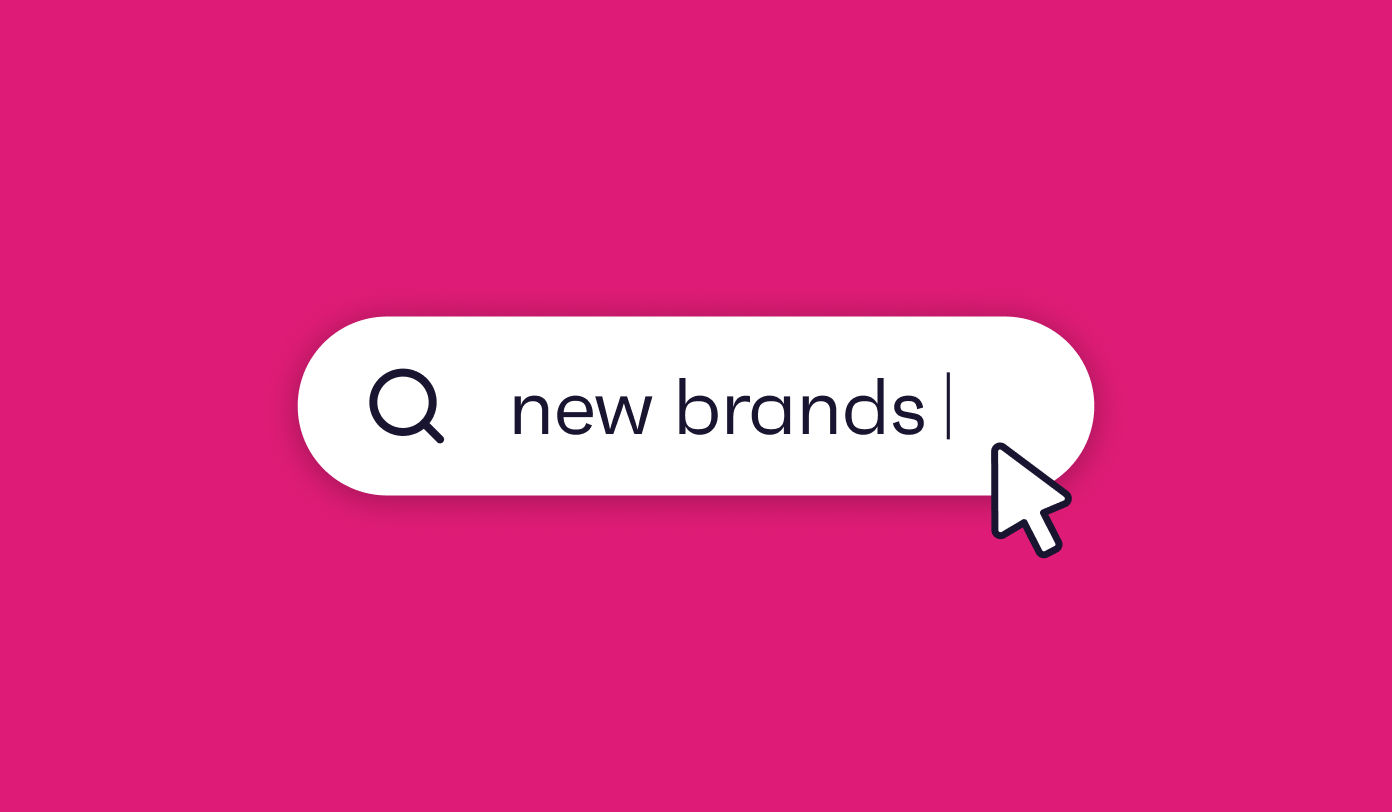In 2019, independent advertising agency Terri & Sandy pushed Omnicom’s Merkley & Partners aside. It proudly won Ferrero USA’s Nutella account. In the same year, Unilever’s Seventh Generation shifted its creative account from MDC’s 72andSunny to Portland-based, indie agency Opinionated. And Kraft Heinz has been winning campaigns with its independent agency Mischief @ No Fixed Address.
Fuelled in part by the pandemic, the agency scene is levelling out. Small agencies are fighting their corners, refusing to stay in their lanes, and eating up the network agency competition – no matter how big it is.
What they lack in size, they make up for in strategy, strength, and speed.
And brands, more so than ever, need to move quicker than quick.
When talking about the switch to an independent agency, Domino’s’ chief marketing officer, Art D’Elia, said to Ad Age, “I really feel that the independent agency model gives us more flexibility and less distractions.”
In a sea of successes for indies, Domino’s is just a single wave. They’re working smarter, not harder, to win new business – in more ways than one.
Granted, the usual pitching hacks (like arming your ideas with wow-factor data) is key, but winning new business isn’t just about pitching. That’s only about 10% of the picture. And the independent agencies taking the world by storm know that.
In fact, there’s a host of indies running circles around the term ‘new business’. And they’re avoiding pitch overload in the process. Here’s how.
Three ways to win new business without even pitching
1. Grow existing business
Right now, you’ve got a list of clients that love your work, respect your opinion, and trust you to deliver. Rather than reinventing the wheel, or building up a new relationship from scratch, you can look closer to home for untapped potential.
Most agencies (at least those with a competitive edge) have access to an always-on, mission critical market research tool (like GWI) for on-demand insights. In this arena of winning new business, that’s powerful stuff. You can use that data to suggest new strategic moves to your clients.
Project work can only take you so far. Sure, it’s money-making, but it doesn’t lend itself to growth in the same way that retainer work does. But you can elevate your brilliance by regularly informing your clients of new touchpoints they need to be present in.
Whether that’s on specific social media platforms, like launching a TikTok account to establish a brand identity, scoping out the potential of broader mediums, or increasing and redirecting advertising spend, you can take the lead.
Plus, when it comes to entering new markets, that’s something you can expertly advise on when you’ve got the data to guide you. And we’re not just talking new countries, we’re talking about brand collaborations and even cross-vertical wins.
Here’s an example. In the world of sport, our data points out that AFL fans are 87% more likely to drink tequila. 62% of F1 fans are more likely to drive a Mercedes-Benz. And 36% of Six Nations viewers are on TikTok.
There’s bound to be a lucrative opportunity in strong crossovers. And when you know your client’s audience better than they do, you can make a splash.
Recently, French fashion house Balmain teamed up with Barbie to create a playful, hugely successful, limited collection. Focused on fun, it included classic bags and, of course, plenty of pink.
And if that wasn’t enough, it launched with a series of Barbie and Ken NFTs for online auction. The lesson for agencies? Tapping into another brand won’t only make serious headlines, it will leverage existing heritage and accentuate a launch.
2. Act like a strategic partner, not a service
Everyone’s talking about in-housing research. Brands are bringing their consumer research in-house because they want speed, agility, and control. And while the trend shows no sign of slowing down, that doesn’t make your role as an independent agency redundant. In fact, the opposite is true.
We live in a tense climate.
Brands need guidance in order to make the right move.
And sometimes, that means they stay silent, safe, and still. But by choosing to blend in, brands are making a bigger mistake: blurring into the background.
That’s where you come in. Your independent agency is a powerhouse of brains, creatives, and years of experience.
Jeep’s Groundhog Day ad won top spot in USA Today’s Super Bowl Ad Meter, and its groundbreaking success was steered by Highdive, a 30-person indie agency. Surprised? You shouldn’t be.
Its leadership team has about “50 Super Bowl ads under their collective belt”. Independent agencies are armed with incredible talent. They know how it works, they know what works, and they know what bad looks like.
Let’s cast our minds back to when KFC ran out of chicken in 870 stores across the UK and Ireland. Independent creative agency Mother London stepped in and suggested something bold. Something so bold that KFC’s chief marketing officer Meg Farren simply said, “You want me to write fu*k on a bucket? Seriously, you want me to turn my brand into a swear word?”
And they did. Speaking at Cannes, Hermeti Balarin, executive creative director of Mother London explained that because they knew the KFC team and brand so well, a robotic corporate message just wasn’t the right way forward.
“I’m of the firm belief that [KFC] would have preferred to do nothing than to put something [out] that’s uncharacteristic. And we’ve seen so many of those bad ads, and in my humble opinion, they make the situation worse.”
Mother London took a risk – one that KFC would have never taken solo. But the brains behind the indie agency were right. It massively paid off.
Here’s another example. Independent agency Uncommon helped its client BrewDog rejig its distillery to produce hand sanitizer amid shortages in the pandemic. As they explain to Jeff Beer in Fast Company, the agency team came up with the idea, texted it to BrewDog’s founder, and made headlines the next day.
It broke the traditional agency mould.
It didn’t just focus on creative ideation and execution, it guided operational business strategy.
It acted as a strategic partner – like an extension of the brand itself, as did Mother London for KFC. Now that’s good business.
So while in-housing research brings home the answers, indies still have the authority. And besides, no agency’s role ever boiled down to purely data-pulling. To those trailblazing indies, in-housing isn’t as big of a threat as some might think.
3. Make use of productization
Productization is a growing trend among sophisticated independent agencies, especially those using GWI. They know that consumer data is an always-on approach, not a project investment.
So, how can independent agencies monetize this? Think regular deep dives into a specific topic that your client needs to know like the back of their hand. For example, some indies have started selling in specific insight sets on a retainer, like a monthly rundown of all the latest social media shifts, a biweekly showcase of Gen Z statistics, or must-have data on green consumerism.
If you want to get uber-sophisticated, some indie agencies are even white labeling GWI and utilizing it as a revenue stream, upping their agency fee each year because new datasets are regularly released and the pool of audience insights continues to grow.
And to top it all off, agencies can sell really specific products to their clients with the help of GWI.
Whether that’s repurposing our detailed trends reports in their agency’s branding, mapping out buyer personas for clients using GWI data, or offering brand tracker insights via the platform, these are all wins you can achieve without competing for a single pitch.
Ready to win new business? Let’s go wild.
Demo
Fancy a look round?
Book now





.webp?width=495&height=317&name=pink_thumb_graphs%20(1).webp)
.webp?width=495&height=317&name=pink_thumb_letter%20(2).webp)
